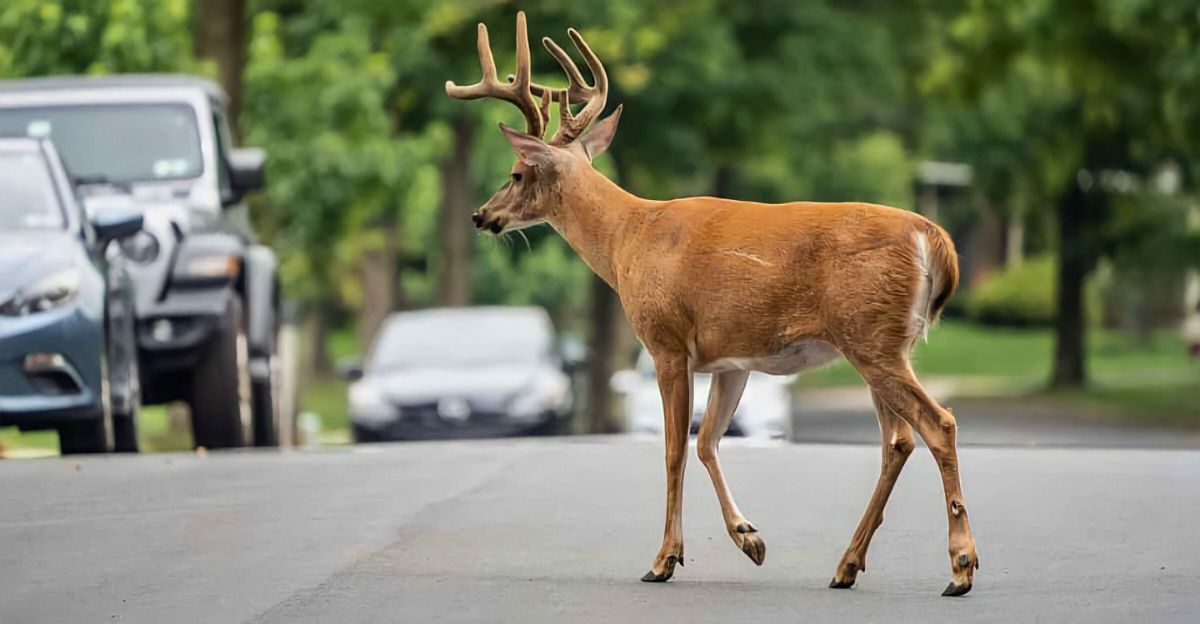
Everything is bigger in Texas, and it has a wild side to show. Texas’ unique geography and climate have created habitats for some of the most iconic animals in North America. Some of these animals can mostly only be found in Texas, and some are harder to spot than others, but they are worth looking for.
So, if you’re heading to Texas anytime soon, make sure to look out for some of these creatures, as they might surprise you.
1. Golden-Cheeked Warbler
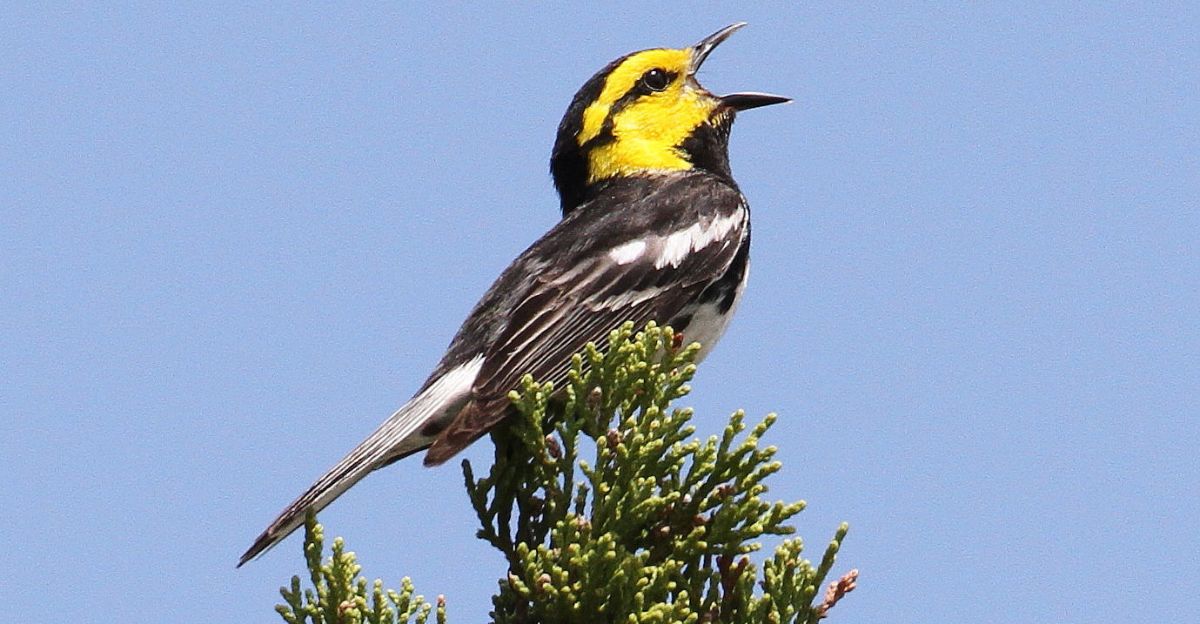
This striking little songbird is hard to miss, easily recognized by its vivid yellow cheeks against a black throat and back. It is the only bird species that breeds exclusively in Texas, as its habitat is restricted to the mature juniper-oak woodlands of central Texas. They can mostly be found along the Balcones Escarpment and throughout the Edwards Plateau, where they rely on the shredding bark of Ashe juniper trees to build their nests.
These warblers return from their wintering grounds in Central America each spring to fill Texas canyons and hillsides with their distinctive buzzy song. They are listed as endangered, so savor every moment if you are lucky enough to spot one.
2. Texas Longhorn
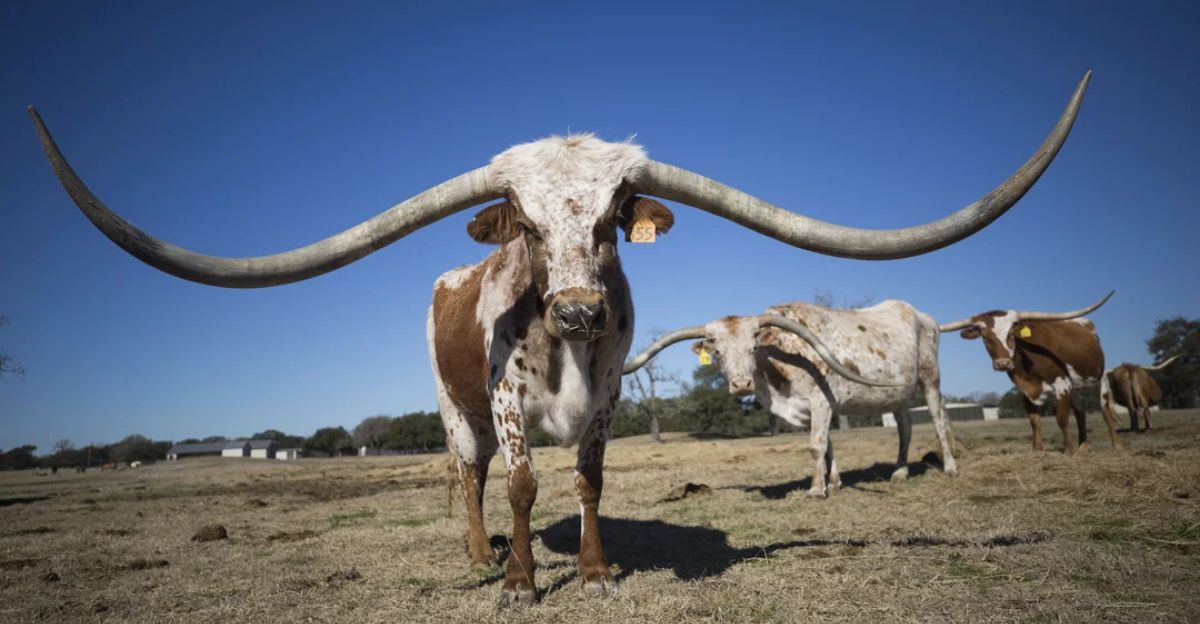
These intimidating creatures are hard to miss with their lyre-shaped horns that can span up to six feet or more in mature steers. The Texas Longhorn’s origins trace back to a blend of Spanish cattle brought to the region in the 1700s and later intermingled with English breeds, making way for a hardy, self-reliant animal perfectly adapted to the diverse and often harsh Texas landscape.
After the Civil War, millions of Longhorns were driven north along legendary cattle trails, fueling the rise of the American cowboy and helping to rebuild the state’s economy. While true breeds might be harder to find these days, you’ll still see them roaming landscapes with pride.
3. Coyote
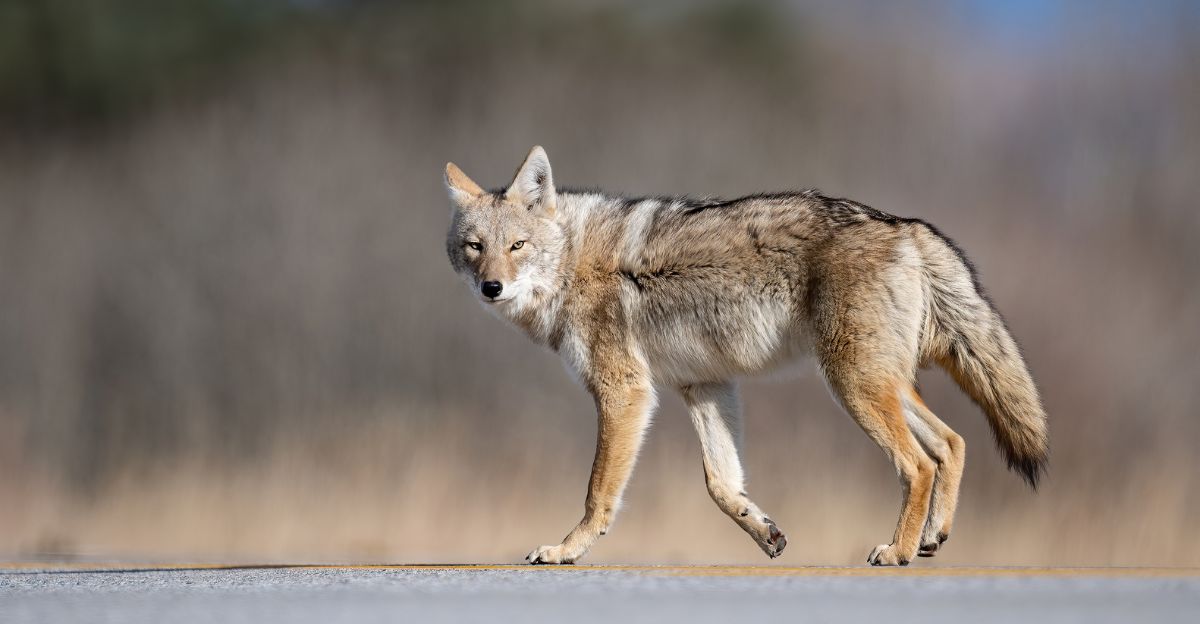
While these sneaky little critters are common in more states than just Texas, they are worth mentioning as not everyone sees them often. They have a slender, dog-like build, bushy tails, and keen senses. They are masters of survival, with a taste for almost anything that comes their way.
Coyotes are primarily nocturnal but can be active at any time, especially at dawn and dusk. Their intelligence and adaptability have allowed their populations to flourish despite human expansion and control efforts.
4. Pronghorn Antelope

Once roaming the plains alongside bison in vast herds numbering in the millions, pronghorns are now found primarily in the deserts of the Trans-Pecos and the high plains of the Panhandle. They are built for speed, reaching up to 60 miles per hour, making them the fastest land mammal in North America.
They have incredible eyesight and can spot movement up to four miles away, which is exactly what they need to stay alive in the prairie. Despite dramatic population declines in the 20th century due to overhunting and habitat fragmentation, dedicated conservation and habitat restoration efforts have helped pronghorn numbers rebound in Texas.
5. Nine-Banded Armadillo
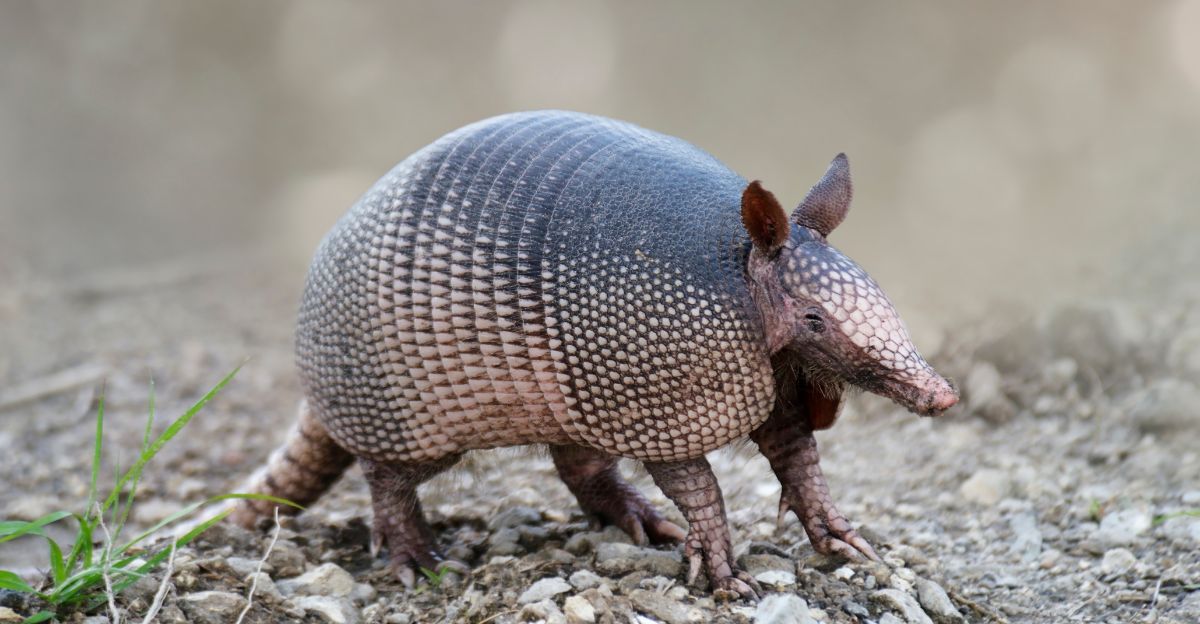
If you’re looking to find a creature you most likely haven’t seen, these little guys are who you should be looking for. They are about the size of a small dog and are mainly nocturnal creatures, where they thrive in a wide variety of habitats across Texas. Their diet consists mainly of insects, grubs, and other invertebrates, making them a natural pest controller.
Homeowners can consider them pests when they decide to destroy a lawn in search of their next snack. Each spring, females give birth to four genetically identical quadruplets, a rarity among mammals.
6. Whooping Crane
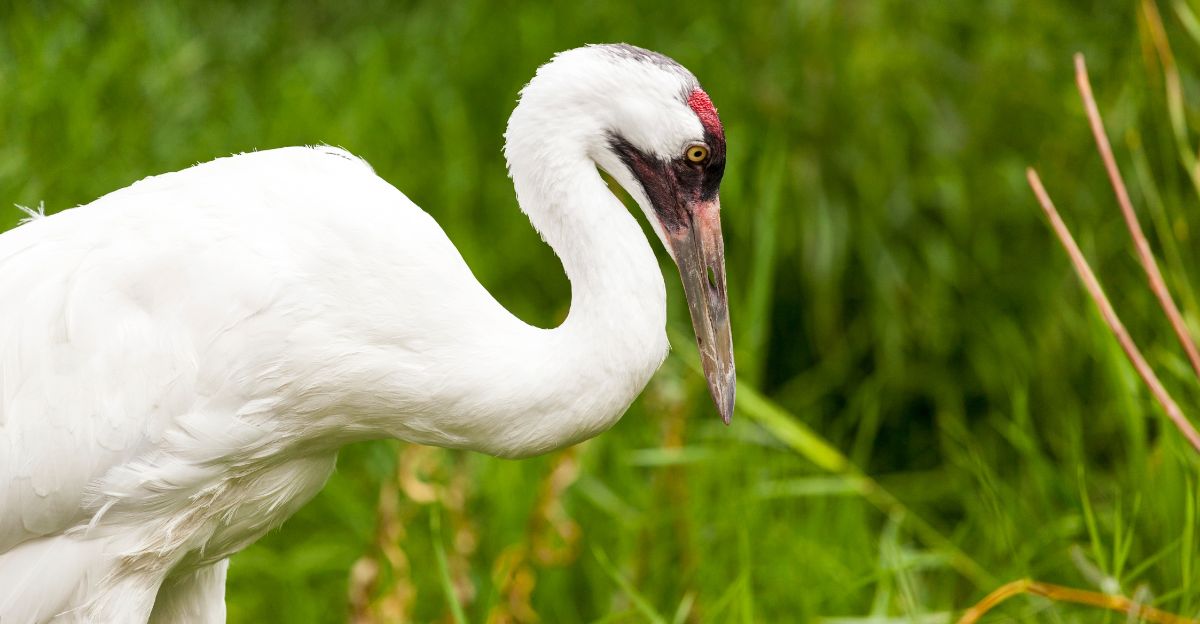
Bird lovers would love a find like this while traveling through Texas. These majestic birds tower nearly five feet tall, with striking white plumage and black wingtips. They take on a remarkable migration each year, traveling over 2,400 miles from their breeding grounds in Canada’s Wood Buffalo National Park to winter along the coastal marshes of the Aransas National Wildlife Refuge in Texas.
These majestic birds were once on the brink of extinction, with fewer than 20 individuals in the 1940s. Thanks to dedicated conservation efforts, the whooping crane population has slowly rebounded, now numbering over 500 birds in the wild.
7. Ocelot
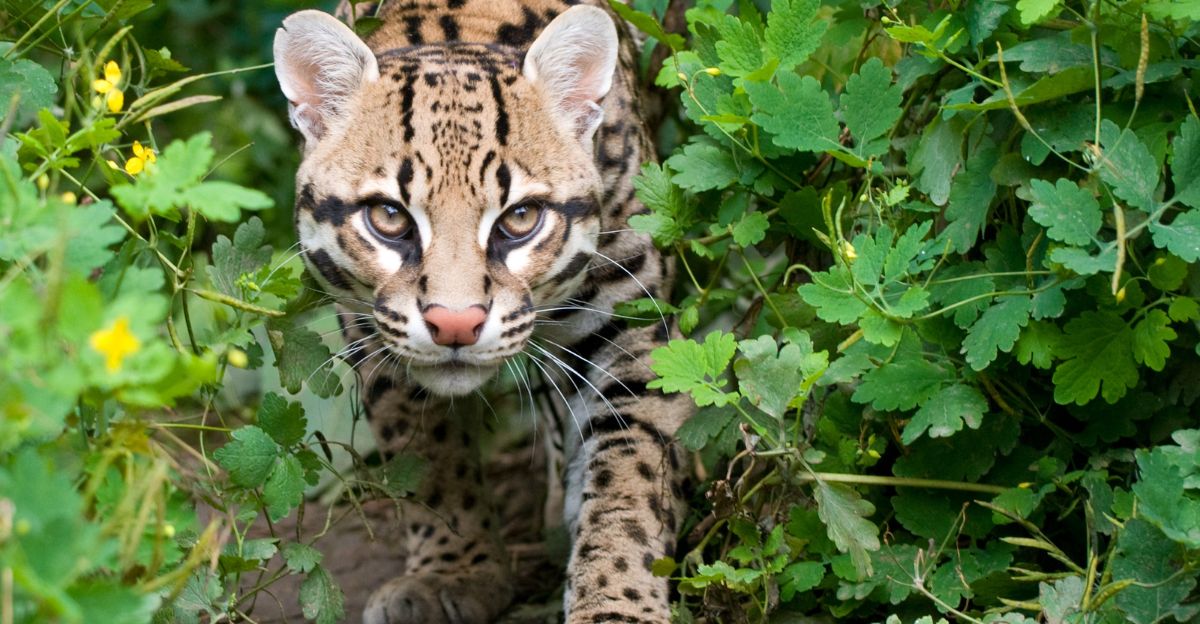
This sneaky little feline might be harder to spot than most animals on this list. Once found throughout much of southern and eastern Texas, the Ocelot is now restricted to small, isolated populations in the dense, thorny shrublands of the Lower Rio Grande Valley and nearby counties. This medium-sized feline, with its striking golden-tan coat adorned with dark spots, stripes, and distinctive parallel neck markings, depends on the thick, tangled brush for cover and hunting grounds, primarily preying on small mammals and birds.
They are primarily nocturnal and stay hidden in the bushes throughout the day, waiting to be active again. Habitat loss due to agricultural expansion, urban development, and road construction has decimated more than 95% of their native habitat in Texas, leaving fewer than 100 individuals in the wild and placing the species on state and federal endangered lists.
8. Western Diamondback Rattlesnake

Snakes might not be everyone’s cup of tea, but they are still a remarkable spot out in the wild. They are easily recognized by their distinctive diamond-shaped patterns along their back and the black-and-white “coontail” bands just before their rattle. Typically measuring three to four feet in length, the western diamondback is a key predator and prey species, feeding on small mammals, birds, and lizards while hunting by hawks, coyotes, and other larger animals.
They aren’t aggressive by nature and will retreat if given the chance, but often, they are cornered and have no choice but to attack.
9. Mountain Lion
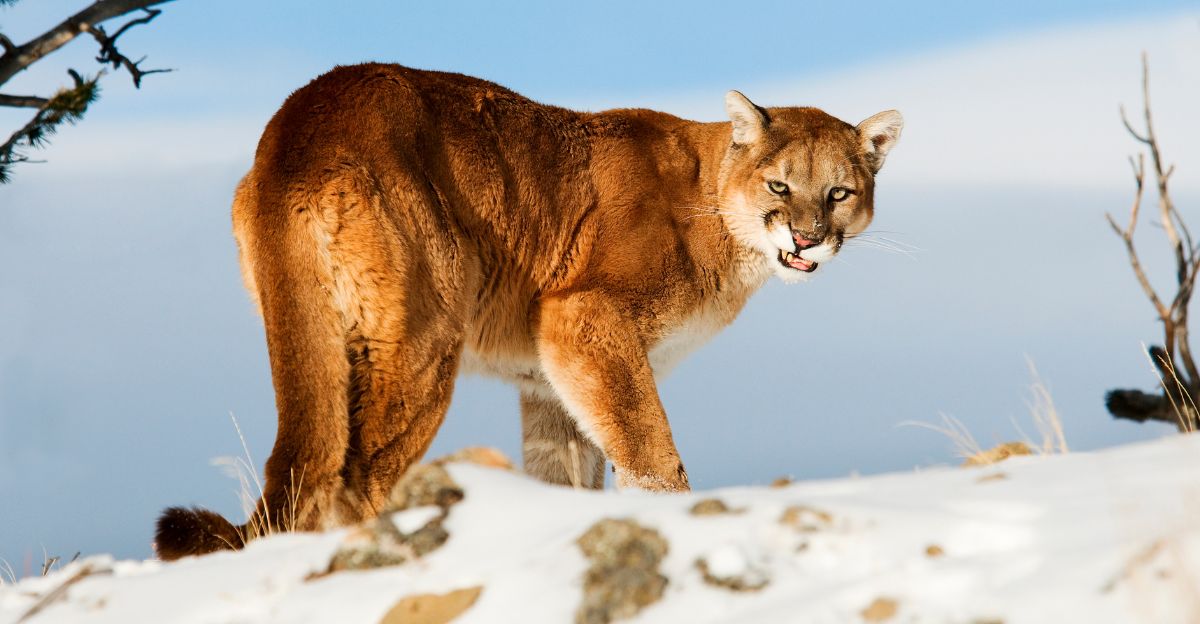
You can’t miss a sighting of Texas’s largest wild cat, although they might be hard to spot as they are quite sneaky. They are most commonly found in the remote, mountainous regions of West Texas, particularly in the Trans-Pecos and Big Bend areas. Smaller populations are found in the dense brushlands of South Texas, with occasional sightings in the Edwards Plateau and Panhandle.
Adult males can weigh up to 500 pounds and measure over six feet in length, while females are slightly smaller. They aren’t listed as endangered at the moment, but they face ongoing habitat loss challenges.
Explore more of our trending stories and hit Follow to keep them coming to your feed!

Don’t miss out on more stories like this! Hit the Follow button at the top of this article to stay updated with the latest news. Share your thoughts in the comments—we’d love to hear from you!







